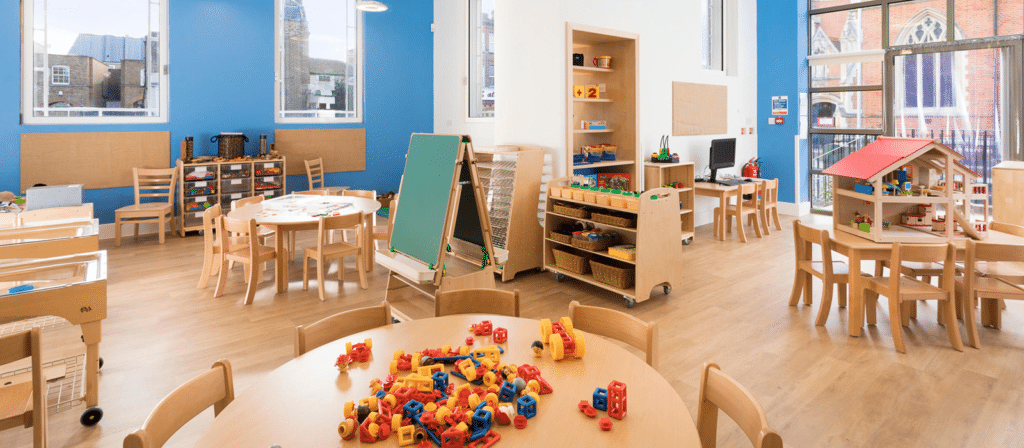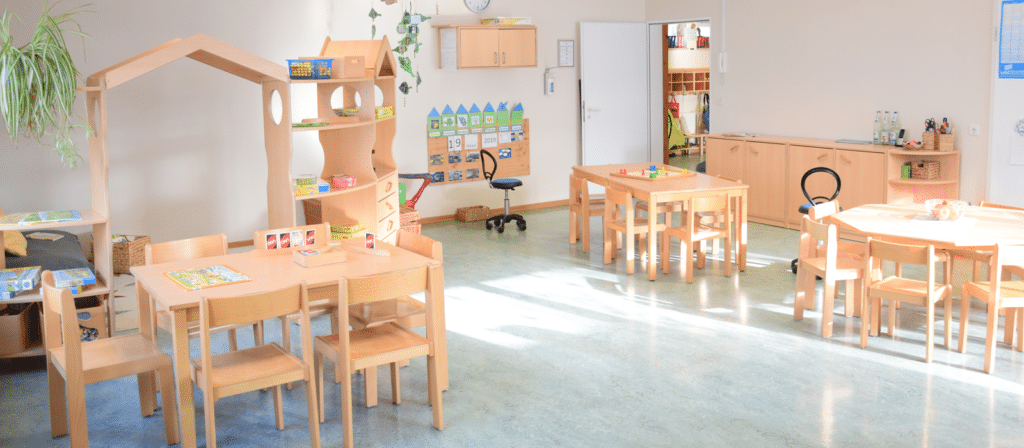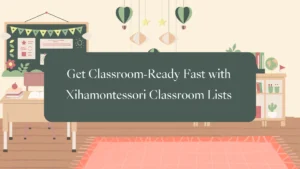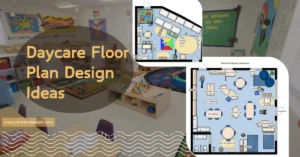Are you a teacher or parent looking to create a Montessori-inspired sensory area for your children? Do you want to provide them with a safe and stimulating environment to explore and learn? Well, you’ve come to the right place! In this blog post, I will guide you through the process of designing a Montessori sensory area using furniture and materials that will engage your child’s senses and promote their cognitive, physical, and emotional development.
Explore how to optimize the use of furniture and materials to create Montessori sensory areas that engage and stimulate children’s senses. By carefully selecting appropriate furniture and materials, you can design an environment that promotes sensory exploration, cognitive development, and holistic learning experiences.
What is the Montessori Sensory Area?
A sensory area is a designated space that provides children with hands-on experiences using their senses to explore, learn, and discover.
Sensory areas are spaces in a classroom or home that are designed to stimulate a child’s senses, including touch, sight, sound, smell, and taste. These areas typically include a variety of materials such as sand, water, playdough, and natural objects like shells or rocks. The idea is that by engaging in sensory play, children can develop important skills such as fine motor coordination, language development, and problem-solving abilities.
Why Montessori sensory areas are important to child development?
They promote exploration and curiosity. Children are naturally curious and love to explore their environment. Sensory areas provide a safe and structured space for them to do so. By allowing children to touch, feel, and manipulate different materials, they can satisfy their curiosity and learn about the world around them.
They support language development. Sensory play provides children with opportunities to use descriptive language as they talk about what they are seeing, feeling, and doing. For example, they might describe the texture of sand as “gritty” or the color of water as “blue.” This helps to build their vocabulary and develop their communication skills.
They encourage fine motor coordination. Many sensory activities involve manipulating small objects, which can help to develop a child’s hand-eye coordination and fine motor skills. For example, pouring water from one container to another requires careful hand movements and control.
They foster creativity and imagination. Sensory play is open-ended and allows children to use their imagination to create their own experiences. For example, they might use sand to build a castle or use playdough to make a sculpture. This helps to develop their creativity and problem-solving abilities.
They promote emotional regulation. Sensory play can have a calming effect on children and provide them with a way to regulate their emotions. For example, playing with playdough or squeezing a stress ball can help to relieve stress and anxiety.

How to design a Montessori sensory area?
- Purposeful Furniture Selection:
Choose furniture that supports sensory engagement, such as soft seating for tactile experiences, low tables for exploration, and open shelves for easy access to sensory materials. Consider the size, texture, and arrangement of furniture to provide comfort, freedom of movement, and opportunities for independent exploration. - Thoughtfully Curated Materials:
Select a variety of sensory materials that cater to different senses, such as textures, sounds, scents, colors, and tastes. Incorporate materials like sand, water, natural objects, musical instruments, scented items, and visually stimulating elements. Rotating materials periodically keeps the sensory area fresh and sparks curiosity. - Multi-Sensory Experiences:
Design the sensory area to offer multi-sensory experiences by combining materials that engage multiple senses simultaneously. For example, pairing textured objects with corresponding scents, providing musical instruments with vibrant visuals, or incorporating materials with varying weights and temperatures. - Sensory Zones and Organization:
Create distinct zones within the sensory area to focus on different sensory experiences. Establish designated spaces for tactile, auditory, visual, olfactory, and gustatory activities. Use open shelves, trays, and containers to organize materials and promote independent exploration and clean-up routines. - Safety and Accessibility:
Ensure the selected furniture and materials are safe and age-appropriate. Consider any potential hazards, sharp edges, or choking risks. Arrange the sensory area to allow easy access for all children, including those with mobility challenges or sensory processing differences.
Designing a Montessori sensory area with purposeful furniture and carefully curated materials is a powerful way to engage children’s senses, promote cognitive development, and provide holistic learning experiences. By selecting appropriate furniture, thoughtfully organizing materials, offering multi-sensory experiences, creating distinct zones, and prioritizing safety and accessibility, you create a sensory-rich environment that ignites curiosity and fosters the development of young minds.
Montessori sensory area becomes a gateway to discovery, allowing children to explore the world through their senses, build connections, and deepen their understanding of the surrounding environment. So, let the magic of sensory exploration unfold as you design a captivating and immersive Montessori sensory area that sparks joy, curiosity, and endless learning opportunities.













